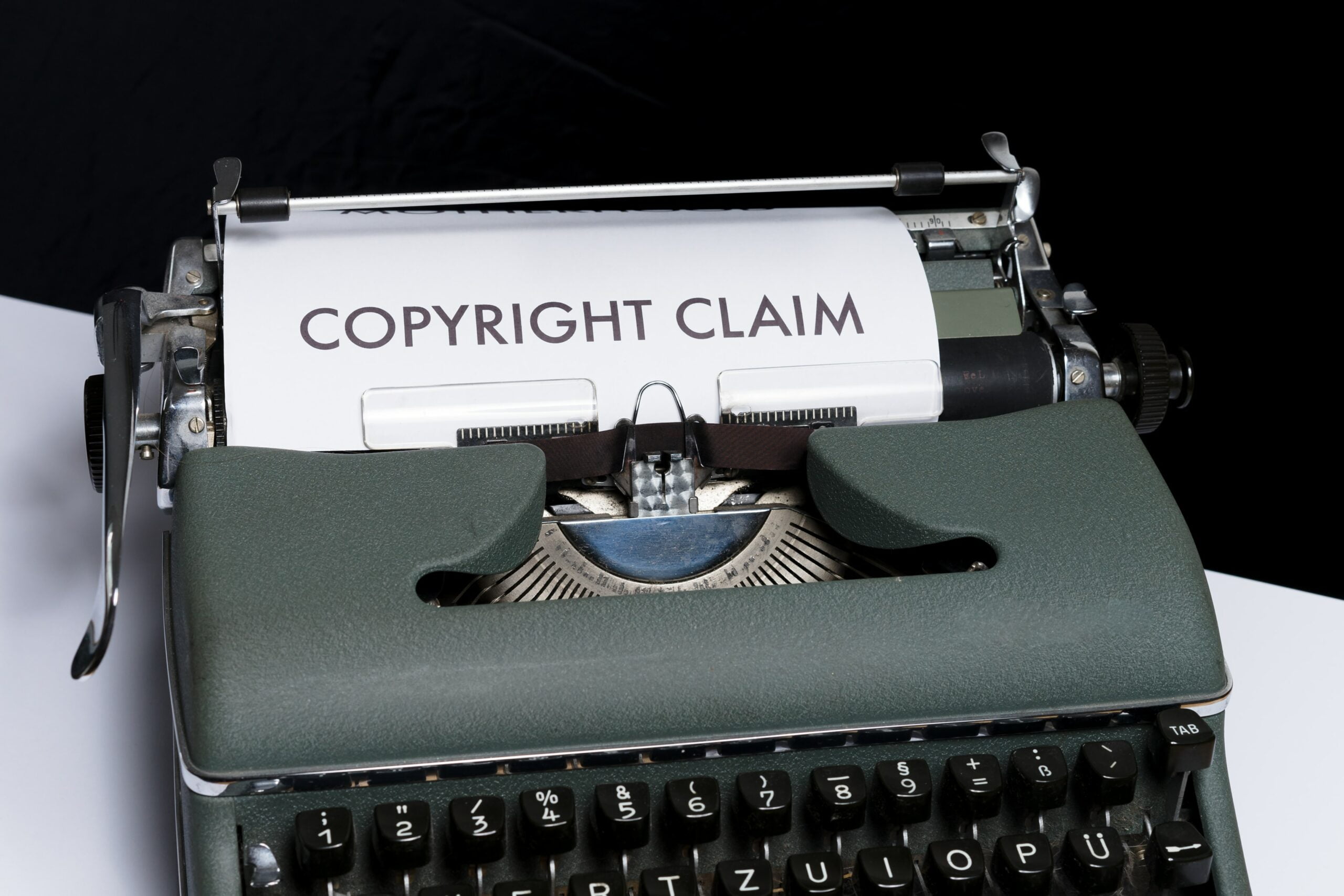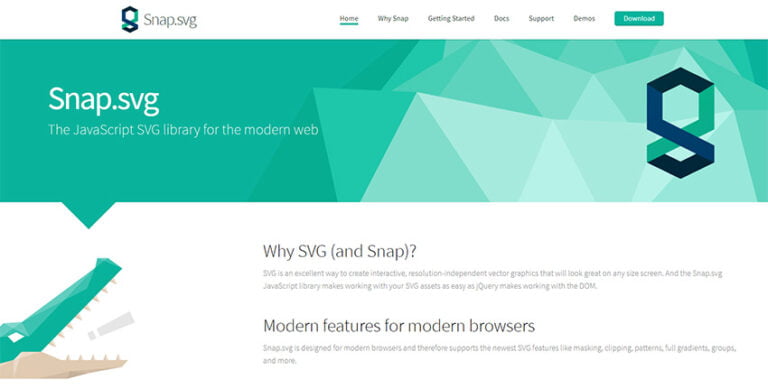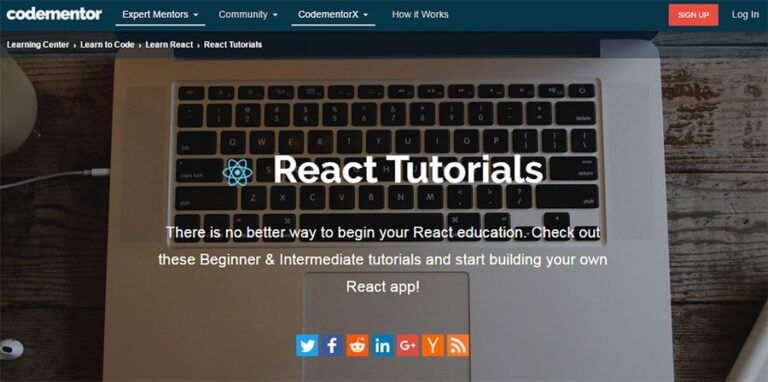
Do you know when you can use an image legally online? Or if other people can use your images without payment or permission?
As a designer or photographer, creating online content automatically opens you up to exploitation by those who disregard copyright laws. When it comes to images you upload, it’s very important to have a thorough understanding of your rights and know exactly how to keep your work safe.
What is copyright?
Table of Contents
Most people have a basic idea of what copyright means. For those who aren’t sure, copyright refers to the ownership of a piece of work (literature, visual art, musical compositions etc.), which is automatically bestowed upon the creator. A photographer owns every photo they take and is the only one with the legal right to reproduce it, sell it, or use it for financial gain.
Creators can and do grant rights to other individuals and groups, who can then reproduce or use the original work.
How does online copyright work?
The past few decades have opened up a can of worms when it comes to copyright laws and enforcing them. Before the Internet and other technology, the only reproductions of an artwork would be manually copied from the original.
Posting content online, however, is a different story altogether…
People on the other side of the world can access whatever images you upload to your social media, website, or any other online space. Each time you upload a photograph to Instagram, Facebook, or a website, you’re making it available to anyone with access to the Internet. They might not have the legal right to it, but very few people actually consider copyright laws when they’re browsing online. Many of us understand the term “copyright”, but have little understanding of what it means in practice.
There is no process you need to go through to secure copyright to your work. When you take a photo or create an illustration, you automatically have copyright. The issue comes in when others download your images without your knowledge, let alone permission. The only exception to this rule is when you have taken photos or produced images as an employee, in which case your employer has copyright.
Online copyright for employees versus freelancers
The issue of copyright when it comes to working for an individual or organization can be tricky to negotiate. To avoid this bureaucratic quagmire, your best bet is to hash out all the details before you begin—in writing.
The USA has quite comprehensive guidelines for photographers who produce work for their employers, which is why it’s important to do your research before committing to any job or commission.
Work for hire
“Work for hire” refers to photographers who produce images as part of their daily work duties. Apart from those whose job description includes photography services, “work for hire” can sometimes apply to photographers who get employed for a specific task or project.
When taking photos is part of a job description, copyright does not belong to the photographer, but to the employer. The second scenario, in which a photographer is engaged for a standalone project, is not so cut and dried.
Commissions, contracts and conditions
As we mentioned, it is critically important to be aware of the distinction between work for hire and commissioned work.
Photographers commissioned to produce images for a time-limited project may also fall under the work for hire umbrella. In these cases, however, employer and employee sign a written contract that lays out all the details of copyright ownership.
Sometimes copyright is granted exclusively to whoever hired the photographer, while other arrangements grant the employer permission to use the images. This permission, or license, can be conditional, and does not allow the employer to circulate images to any third party, as they are ultimately still the property of the photographer.
What about photos of people?
Online copyright laws don’t only apply to professional photographers. Anyone posting an image online has automatic ownership, as long as they produced it themselves. The average person doesn’t stop to consider that other parties may download and use their photos without permission, and many have fallen prey to unscrupulous individuals or organizations who steal images for their own use.
This problem affects both professional photographers and their models in addition to all those people whose personal images have been downloaded illegally. There have been cases of people coming face-to-face with themselves on billboards – a very unnerving discovery.
One example is the experience of Shubnum Khan, a South African author and artist who found her photograph popping up in adverts around the world. While she did sign an agreement at the time of the shoot that allowed the images to be sold as stock photographs, the adverts came as a complete surprise. This further emphasizes the importance of drawing up clear and concise contracts that the photographer and model both understand. In Khan’s case, the photographer had copyright, and in selling the images as stock photographs he gave various parties license to use the photos for financial gain.
When you, as a photographer, photograph a model with the intention of using the image or granting others permission to use it, you must have the person fill out a model release, or you have no right to use it for financial gain.
Fair use
One exception to the standard copyright laws is “fair use”. This covers photographs used for reasons other than financial gain. This includes images for use in teaching, research, news reporting, criticism and parody.
The takeaway
The bottom line when it comes to copyright is quite simple. Copyright laws get broken if someone uses photos that you’ve taken and posted online—unless you have granted them the license to do so.
Giving permission is an active process, while your ownership is automatic. Copyright laws are designed to protect photographers (as well as all other creatives), and although they can seem nebulous, many millions of people have successfully sued those who stole their images.
If or when you suspect your images have been used illegally, you can contact the person or organization directly, seek out a mediator, or work with a lawyer to hold the offender accountable.





